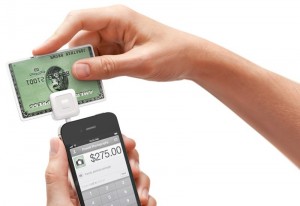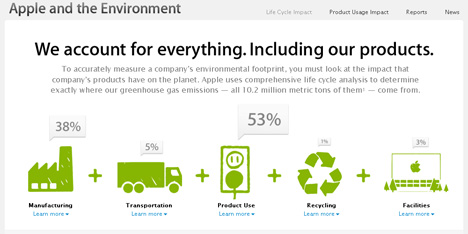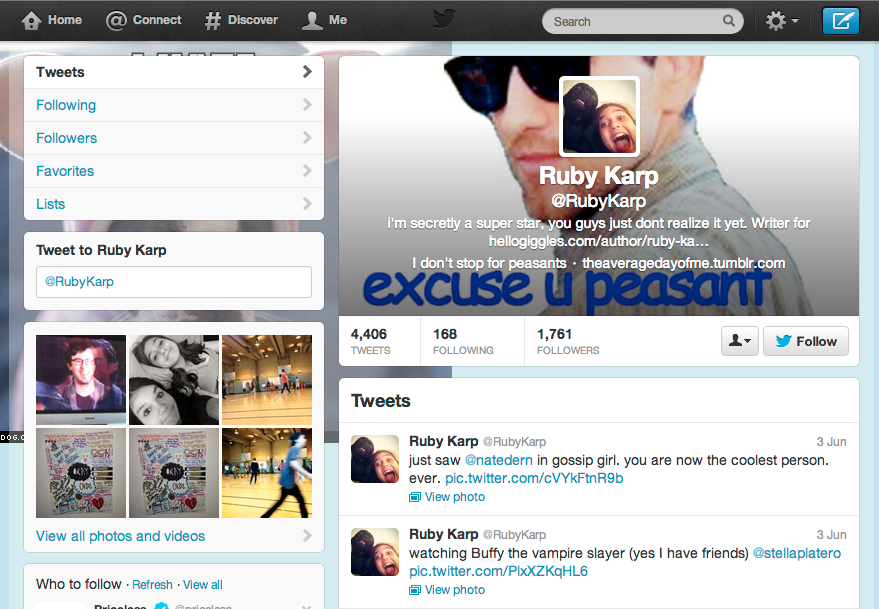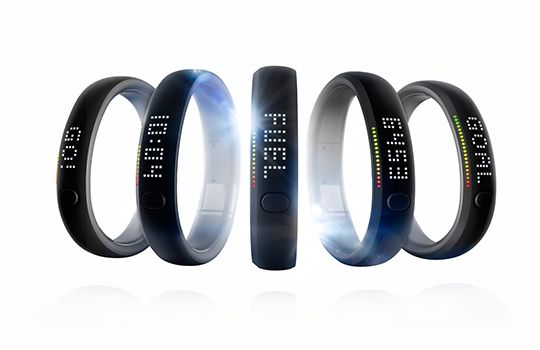We have been working with Studioriley on a project for Samsung to explore the changes that are happening in the world that affect our work as brand strategists. As part of this collaboration, we’re taking a deep dive into the world of brand leadership to explore what it’s all about in 2013.
Here’s a snapshot of what we have learned:
People have new expectations for what they want from a brand. As individual aspirations have become more personalized, so too have brand expectations and experiences. Brands have had to evolve how they connect with this hyper-networked and globally aware audience, who have an increased self-understanding, changing ambitions and improved tools for pursuing and attaining them.
One significant change: brands no longer have permission to set the standards for what is good or bad for the masses. Instead, evidence shows that people want to express their own unique values and do so in the form of voting, endorsing, “liking” and sharing.
Brands are expected to support and facilitate this shift, helping consumers turn their aspirations into realities by providing information to help them understand and achieve. In an era of information overload, it is important to point out that people aren’t looking for more information, but rather tools that organize and apply information in a way that helps them take action. Information is only valuable in this digital culture when it helps people realize their dreams.
Brand leaders have 5 new actions that demonstrate they support the values of the consumer and enable dreams…
1) BRAND LEADERS SUPPORT CONSUMER VALUES BY ENCOURAGING THOUGHTFUL CONSUMERISM AND RESPONSIBILITY.
In an increasingly connected world, a growing class of global citizens share concerns over issues affecting everyone in the Majority World, from climate change to poverty. Brand leaders are promoting thoughtful consumerism and responsibility by encouraging people to be more aware of how their actions and purchases impact society and affect the environment on a global scale.

Example: Patagonia
By encouraging people to be more thoughtful about their purchasing power and how it impacts the environment globally, Patagonia demonstrates they are part of the human collective, behaving as thoughtfully and responsibly as consumers themselves.
2) BRAND LEADERS SUPPORT CONSUMER VALUES BY FACILITATING NEW WAYS TO WORK.
Who works, where people work and how they work has continued to change rapidly. There is an increased female presence in the workforce, along with an aging population who are delaying retirement. Traditional ideas of what work is or where it is to be done are fading as brand leaders fuel a more collaborative, plugged-in and dynamic workplace; here, productivity and creativity are seamlessly integrated and are no longer thought of as mutually exclusive ideals. Brand leaders have developed new media and technologies that encourage the pursuit of individual aspirations at home and at play, and have begun to encourage these same pursuits at work as well.
 Example: Square
Example: Square
Square represents the result is a rapid rise in small business entrepreneurship worldwide puts the power of the financial transaction in the hands of the small business owner. They facilitate new ways to work by emphasizing fluidity, mobility and collaboration over structure, permanence and stability.
3) BRAND LEADERS SUPPORT CONSUMER VALUES BY INTEGRATING CORPORATE SOCIAL RESPONSIBILITY PRACTICES INTO THE BRAND EXPERIENCE.
Doing good has become a given. Brands can no longer differentiate themselves based on their social responsibility practices. While these actions are clearly important to consumers, they are now considered to be must-haves and must-dos for companies. That said, one significant change we have observed in brand behavior is that the definition of socially responsibility has not necessarily changed, it has expanded: it means doing good for the world (the given) AND it should personally improve the quality of how we live (the new necessity) AND it must enable consumers to take action on their values (the real desire).
Simply giving money has become an empty gesture, and corporate social responsibility has shifted from impersonal, big philanthropic gestures that address major social needs to simple, smaller, more personal and individual initiatives that help everyday people to live better. Consumers want to effect real, genuine and meaningful change in their local communities and the world at large and look to brands to do the same.

Example: Apple
Transparency, honesty and responsibility are “givens” in todays world, and Apple has pulled back the curtain to reveal their own actions in very rational and simple ways, demonstrating that their behaviors align with those of the consumer and their actions really do speak louder than words.
4) BRAND LEADERS HELP PEOPLE REALIZE THEIR DREAMS BY EMPOWERING THEM TO SHARE.
Every consumer has the power to be a rock star, thanks to technologies like YouTube and GoPro. Documenting and sharing everyday events makes people feel more important and powerful, and has quickly become the norm. Brand leaders are providing a new set of tools to fuel and support the ability to share experiences through visual media, creating a new social currency.

Example: Twitter and Weibo
Hyper-connectivity enables not just creative collaboration, but also story sharing with a broad audience. Some stories are entertaining, some are irrelevant (“I had pancakes for breakfast!”), but some can effect powerful social change. Twitter and Weibo offer outlets for otherwise marginalized communities to tell their stories to the world, joining the “global conversation”, giving rise to the individual hero expressing his or her own voice. Unlike previous generations, people no longer need to rely on the voices of others to tell stories or to unite communities; brand leaders fuel each consumer’s personal ability to share their own stories in their own voices.
5) BRAND LEADERS HELP PEOPLE REALIZE THEIR DREAMS BY PROVIDING TOOLS THAT TRANSFORM DATA INTO PERSONAL INSIGHT.
When data is distilled into visible tools, desires and aspirations become attainable realities. By making information more visual and accessible to consumers, simple yet engaging tools provide personalized information which better informs people’s ability to make decisions.

Example: Nike Fuel
Technology just got personal. By turning your daily routine into a stream of helpful, understandable data, Nike Fuel enables consumers to make the decisions needed to achieve their goals. Today’s consumer fully believes they are capable of achieving more than previous generations thought was possible and we now see a newly empowered set of global consumers using digital tools to create bite-sized, digestible goals to make and track progress towards bigger desires and achievements.
What’s the overall takeaway?
Brand leaders are now expected to behave and act differently in response to the changes in how consumers see themselves. To be a brand leader, you must support the values of the consumer and help them realize their own dreams. Simply inspiring people is no longer enough. This is especially important as we consider the growth of entrepreneurial brands and how they are shifting the global landscape and changing how we live.